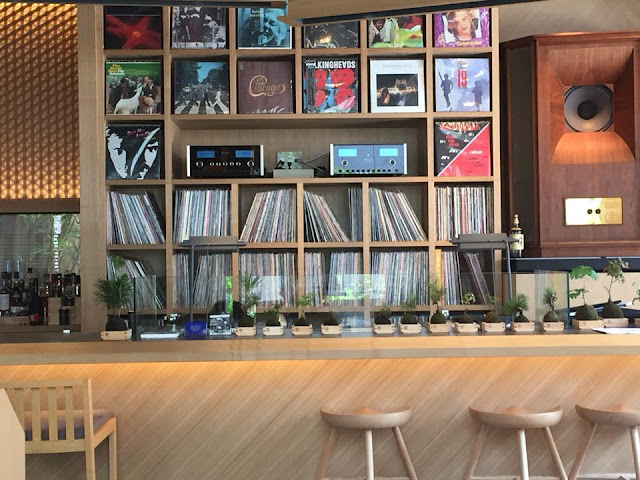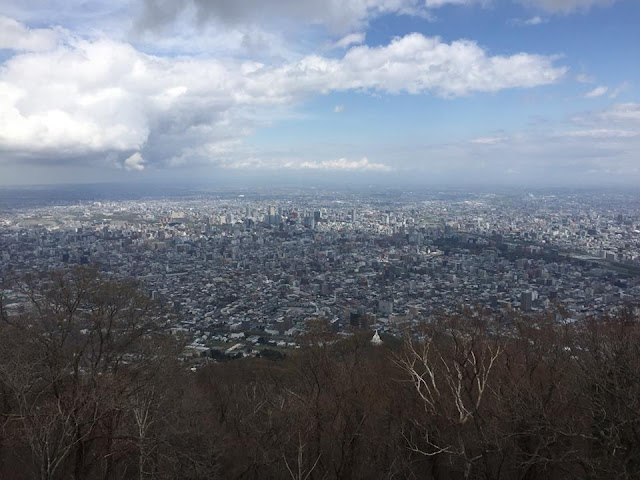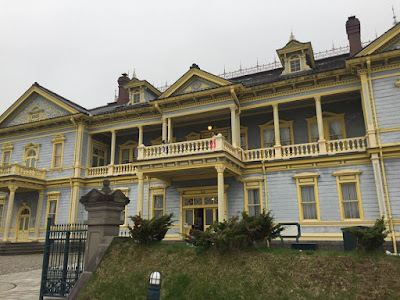Goodbye, Japan! (For Now)
I realize that I've had a few negative posts recently about my time here in Japan. However, these posts don't reflect my perspective on the country as much as they reflect my own quibbles (in regards to teaching for a private company that cares more about profit than it does its students) and my own struggles (in regards to making authentic connections with people); although there are certainly cultural aspects to both of those that are part of my criticism, the cultural role is minor. In short, the negative posts don't reflect my overall impression of the country. As I wrap up my time here, I have to stand back and express my sincere appreciation for this beautiful country - its people, its culture, and its traditions. As if I need to state the obvious, there is no other country I have visited or lived in whose people are quite like the Japanese: the orderliness, the selflessness, the kindness. It's an amazingly complicated society with an exquisitely rich history


